Bio Alcohol Market Summary
As per MRFR analysis, the Bio-Alcohol Market Size was estimated at 66.16 USD Billion in 2024. The Bio-Alcohol industry is projected to grow from 71.23 USD Billion in 2025 to 149.03 USD Billion by 2035, exhibiting a compound annual growth rate (CAGR) of 7.66 during the forecast period 2025 - 2035.
Key Market Trends & Highlights
The Bio-Alcohol Market is experiencing robust growth driven by sustainability and technological advancements.
- The demand for sustainable fuels is rising, particularly in North America, which remains the largest market for bio-alcohols.
- Technological innovations in production processes are enhancing efficiency and reducing costs, especially in the bioethanol segment.
- Government support and policy initiatives are fostering growth in the Asia-Pacific region, the fastest-growing market for bio-alcohols.
- Increasing environmental awareness and rising oil prices are key drivers propelling the bioethanol and transportation segments forward.
Market Size & Forecast
| 2024 Market Size | 66.16 (USD Billion) |
| 2035 Market Size | 149.03 (USD Billion) |
| CAGR (2025 - 2035) | 7.66% |
Major Players
POET LLC (US), Green Plains Inc. (US), Valero Energy Corporation (US), Archer Daniels Midland Company (US), Cargill Inc. (US), Royal Dutch Shell plc (GB), BP plc (GB), Abengoa Bioenergy (ES), Novozymes A/S (DK)
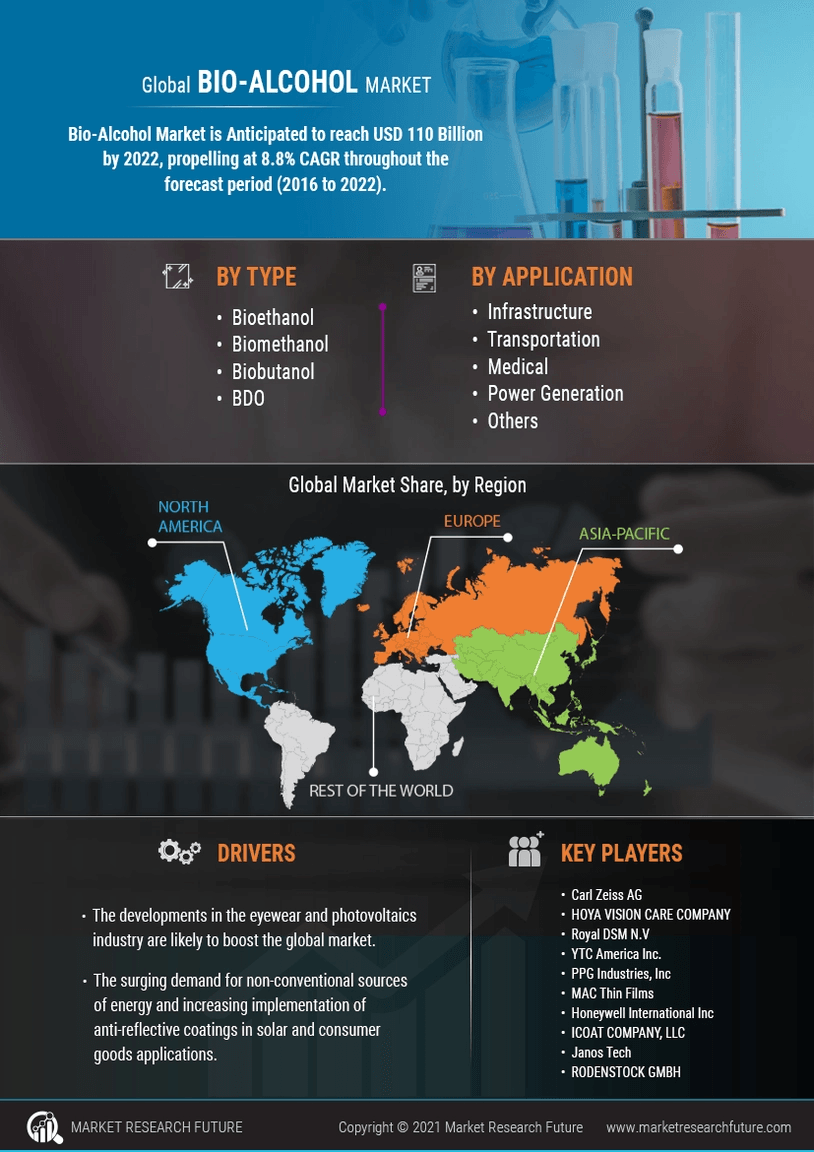

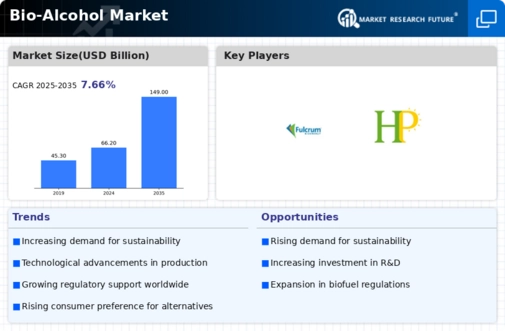
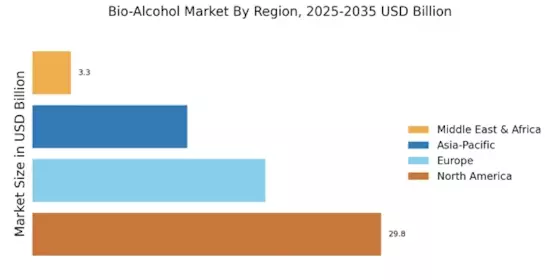
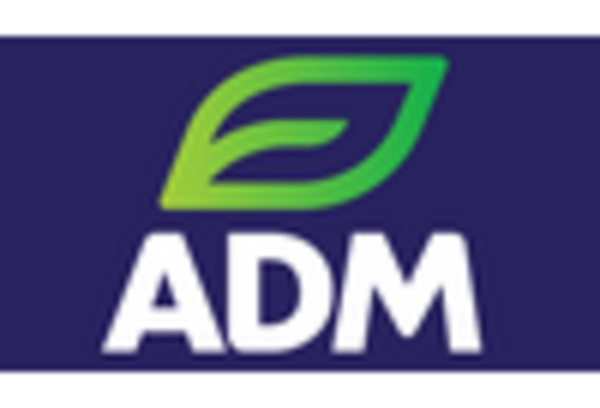



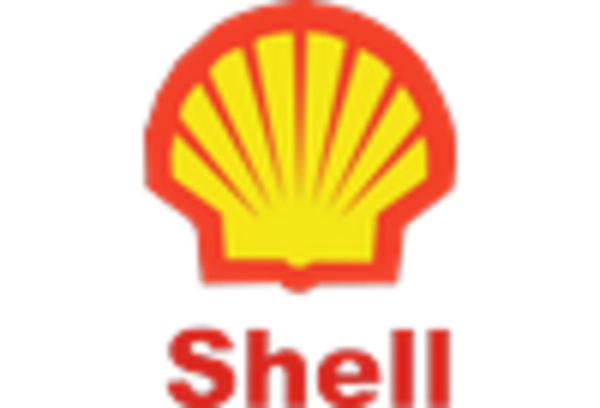









Leave a Comment